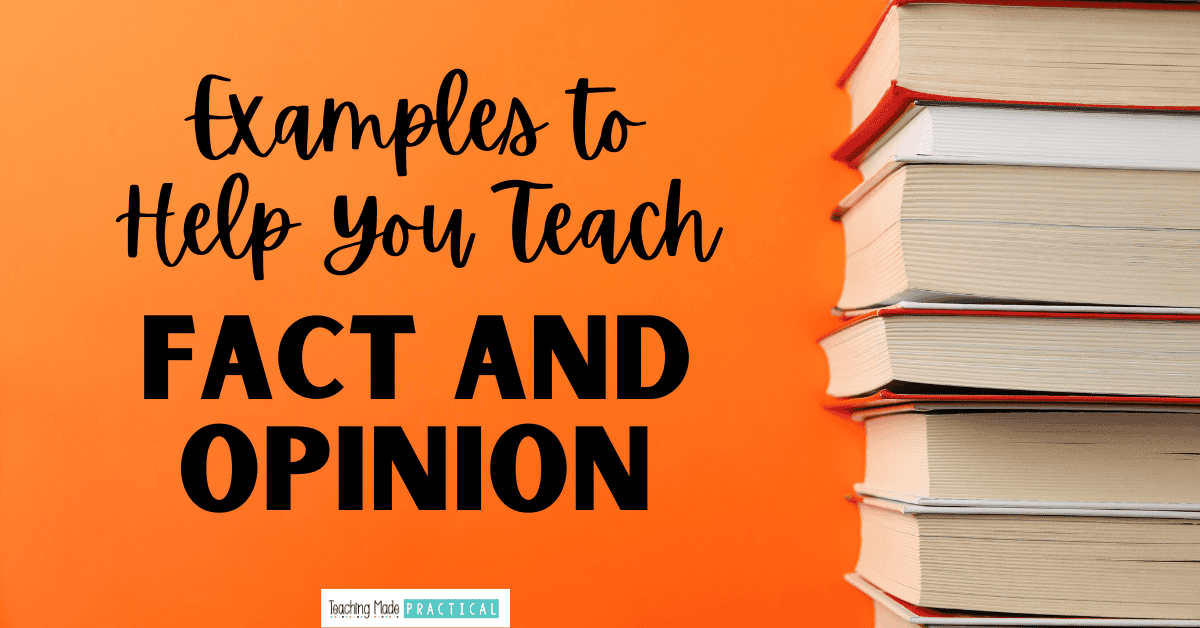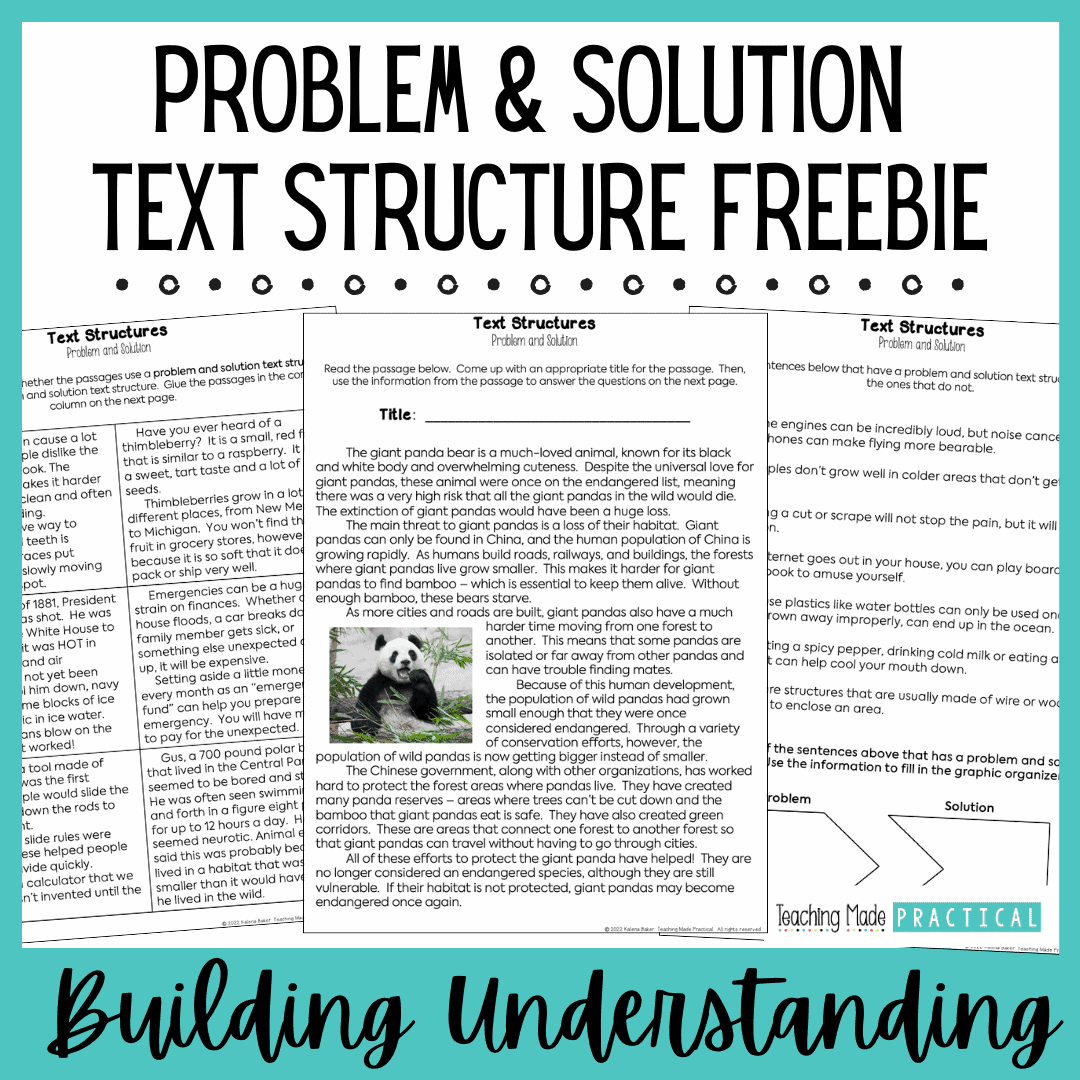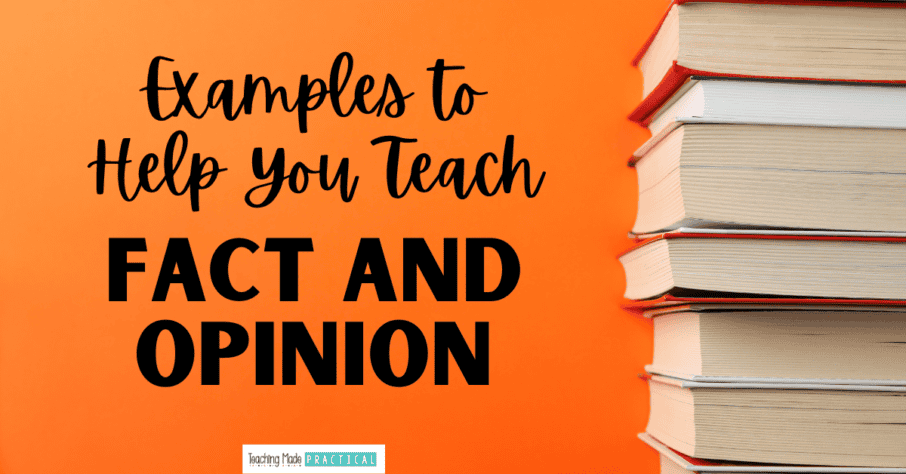
One of the best ways to introduce 3rd, 4th, and 5th grade students to fact and opinion is by providing them with plenty of examples. Use the examples below to help you make upper elementary lesson plans. Then, give students extra practice with one of these fact and opinion activity ideas.
An often overlooked aspect of fact and opinion is understanding the difference between facts and false statements. There are also examples of facts and false statements below to help deepen your students' understanding of facts.
Examples of Facts and Opinions
Tropical Rainforests
FACT: Tropical rainforests are found near the equator and have warm temperatures all year long.
OPINION: Tropical rainforests are home to the most beautiful butterflies and birds.
Pancakes
FACT: Dosas are crispy and savory pancakes made from rice and lentils.
OPINION: Buttermilk pancakes are best when topped with chocolate chips and maple syrup.
Hurricanes
FACT: Some hurricanes produce winds stronger than 155 mph.
OPINION: Earthquakes are more dangerous than hurricanes.
Kayaking
FACT: Female kayakers competed in the Olympics for the first time in 1948.
OPINION: Kayaking is an amazing water sport that combines outdoor fun with exercise.
FACT: Benjamin Franklin was the only Founding Father to sign the Declaration of Independence, the Constitution, and the Treaty of Paris.
OPINION: Benjamin Franklin is the most important and well-known Founding Father.
Polar Bears
FACT: Polar bears have both fur and blubber that help them stay warm in a cold environment.
OPINION: Polar bears are strong and terrifying.
Des Moines, Iowa
FACT: Des Moines is the capital of Iowa.
OPINION: Des Moines is a great place to live.
Fingers
FACT: The bones in fingers and toes are called phalanges.
OPINION: The pinky finger is unimportant and useless.
Labradors
FACT: Some Labradors are guide dogs, helping visually impaired people get around.
OPINION: Labradors are very friendly, lovable, and easy to train.
These fact and opinion activities are a great and no prep way for your students to practice fact and opinion. There are:
- sorts
- mazes
- reading passages
- worksheets
- ...and more
Examples of Facts and False Statements
Some statements are not facts or opinions - they are simply not true. In order for a statement to be a fact, it must be able to be proven true. Upper elementary students need to be introduced to distinguishing between facts and false statements. Use the examples below to help students think about this.
Find the Fib is a fun activity to help students practice this as well.
Largest State
FACT: Alaska is the largest state in the United States.
FALSE: Texas is the largest state in the United States.
Pennies
FACT: A penny is worth one cent.
FALSE: A penny is worth five cents.
FACT: Similes compare two things using the words "like" or "as."
FALSE: Similes are words that suggest their meaning, like sound effects.
Addition
FACT: 2 + 2 = 4
FALSE: 2 + 2 = 18
Time
FACT: There are 60 minutes in an hour.
FALSE: There are 45 minutes in an hour.
Presidents
FACT: John Adams was the 2nd President of the United States.
FALSE: Benjamin Franklin was the 2nd President of the United States.
Parts of Speech
FACT: Adjectives are words that describe nouns.
FALSE: Adverbs are words that describe nouns.
Text Structure Freebie

Use this text structure freebie to help you teach the problem and solution text structure.


